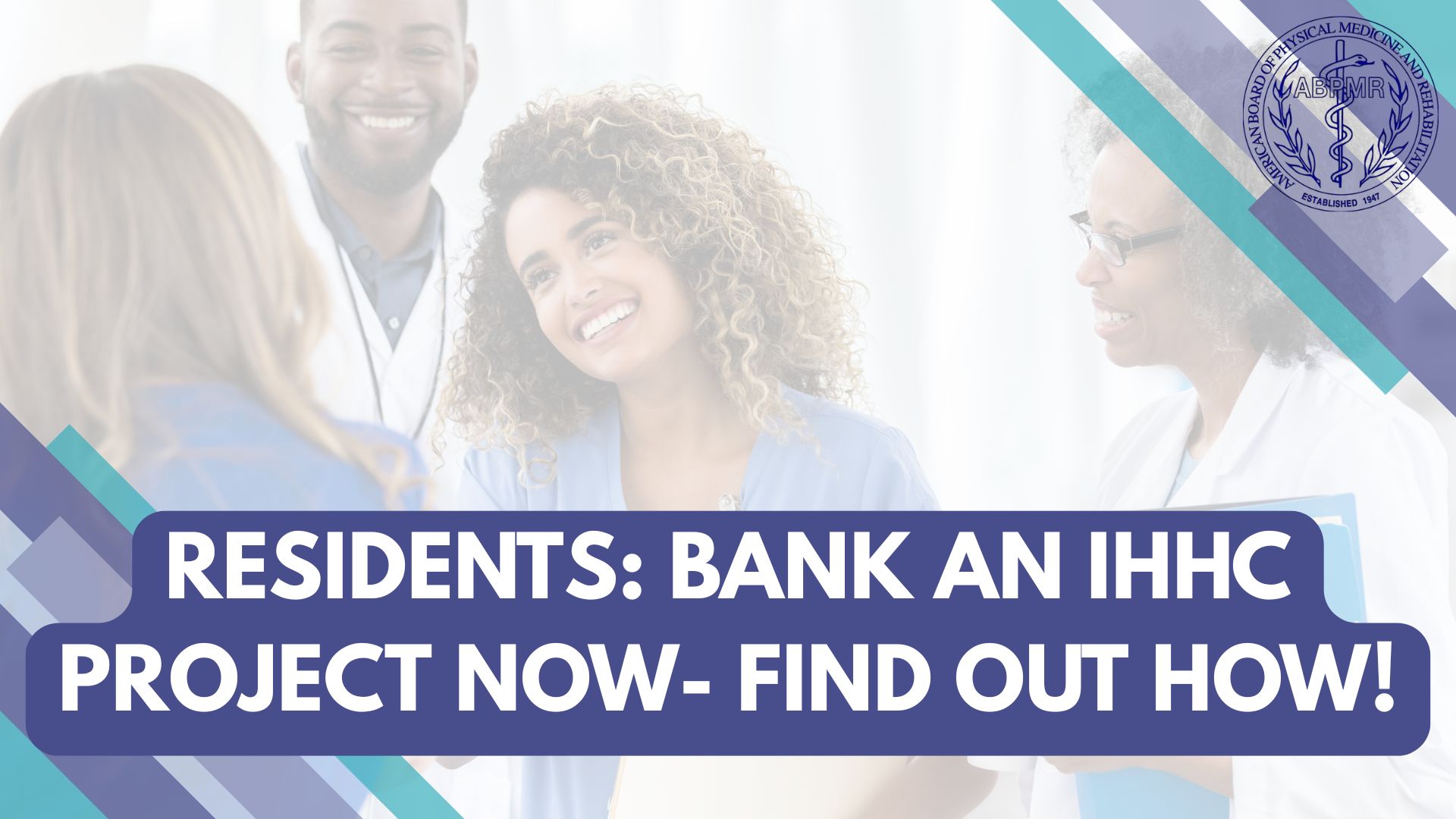CC
PIP Spotlight: Implementing Assessment Tools to Identify Patients at Risk of Opioid Addiction

For June’s PIP Spotlight, Dr. Anthony Reeve implemented an opioid screening tool to better assess patients who may be at risk for opioid abuse. As medical director and treating physician at a private practice rehabilitation clinic, Dr. Reeve wanted to introduce risk assessment and educate clinic staff in order to provide more consistent monitoring of these patients.
The PIP Spotlight is a periodic feature on News Center to highlight exemplary Practice Improvement Projects submitted by your fellow diplomates for Maintenance of Certification (MOC) Part IV credit.
Diplomates can use the PIP Spotlight as a tool to model additional PIPs on what you read here, or as a way to connect with other diplomates doing similar work.
Thanks for your submission, Dr. Reeve!

What is the problem you are trying to solve?
I want to implement the use of a screening tool in order to identify patients who are at risk for opioid abuse. Early detection and screening of patients at risk would allow the clinic to implement evaluation plans and interventions such as more frequent drug screens, pill counts, and psychological functional assessment to determine whether opioids should be continued, and what kind of scrutiny is required. A screening tool, such as the Screener and Opiod Assessment for Patients with Pain – Revised (SOAPP-R) can guide and document decisions regarding levels of monitoring and medication treatment plans for patients with pain.
What data (objective measurements) do you have that supports this as a problem?
Data was recorded during the time period of February 2016 through October 2018. First, a random selection of 100 medical records of patients diagnosed with chronic pain was reviewed before the implementation of (SOAPP R) assessment tool. Of the 100 records, 81 records identified 8 keywords or common themes common in opioid misuse: addiction, tolerance, need of higher dose, counting number of pills before the next prescription, discharge from other physicians’ care, and borrowing pain medicines. These 81 records showed no documentation of intervention directly related to risk.
What is your opportunity statement? State the goal you hope to achieve.
Implementation of the SOAPP R for chronic pain patients will reduce evidence of opioid misuse or complications. This will be achieved through individualized medical plans and monitoring interventions that address the measured level of risk.
Our goal is to see a 10% decrease in evidence of opioid misuse on review after one year.
What is the underlying cause of the performance/quality problem?
There is a lack of education on the availability and efficacy of SOAPP-R by prescribing physicians and prescribing non-physicians. There is also a lack of education by other collaborative professionals participating in chronic pain management.

What change(s) did you implement?
- All patients with a presenting complaint of chronic pain will be given an opioid risk assessment at their initial evaluation visit.
- Every plan of care with scores related to high-risk categories will have documented medical plans and monitoring measures which address the level of risk identified in the SOAPP-R.
- A comparison record review will be performed one year from initial evaluation to assess the frequency of the same keywords or common themes as stated above.

Did you achieve your goal or target from your opportunity statement? What data do you have to support your conclusion?
Target goal was achieved. One year after implementation of SOAPP-R at the patient's initial visit, a random selection of 100 records were reviewed. Out of 100 records, 56 revealed evidence of opioid potential misuse using the same key words or common themes. This is a decrease in documented evidence of misuse of 25%, exceeding the stated goal of 10%.

Will you continue with the changes you have implemented?
Changes will continue to be implemented. Sustained success will be obtained through consistent implementation and staff education. These findings will be shared with other physicians and referral sources. There is clear evidence that early risk assessment leads to early intervention.



